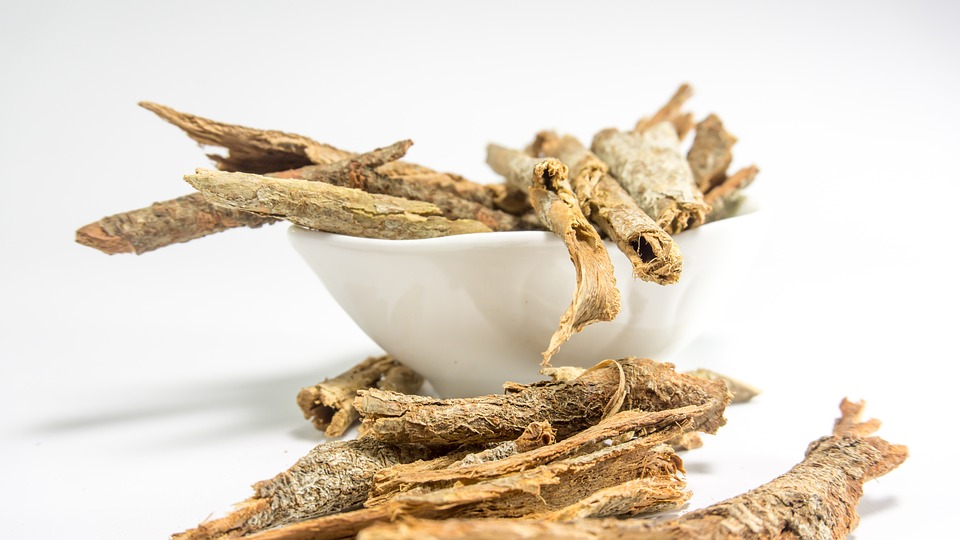By Irene Hayton
Gluten is the naturally occurring cohesive, elastic proteins that make grain particles stick together when they are baked. Flours made from amaranth, arrowroot, buckwheat, coconut, corn, legumes (beans, peas, and lentils), millet, nuts, potatoes, quinoa, rice, sorghum, tapioca, and teff are all gluten-free.
When baking with gluten-free grains, it’s necessary to add xanthan gum or guar gum to help bind the flours together, reduce crumbling, and add volume and elasticity. Xanthan gum is formulated in a laboratory setting. It’s the cell wall of a bacterium called Xanthomonas campestris; during the fermentation process, the bacteria are fed corn syrup. The mixture is then pasteurized to kill the bacteria, and the gum is separated. Guar gum is a natural fiber that comes from the seed of the guar plant native to India and Pakistan. I prefer to use guar gum, which seems to be less expensive and less processed than xanthan gum.
When using guar gum or xanthan gum, it’s important to measure carefully and not use too much, otherwise your baked goods may have a heavy, gummy texture. As a general guideline:
- Add ½ teaspoon of guar or xanthan gum per cup of flour when making cakes, muffins, cookies, quick breads, and bars.
- Add 1 teaspoon of guar or xanthan gum per cup of flour when making yeast breads, pizza dough, and other yeasted items.
A mixture of gluten-free flours works better than a single one because each has its own properties—flavor, texture, water-solubility, etc.—so a blend of them gives a better substitute for wheat flour. Most blends contain a combination of flours and starches.
See this month’s recipe for Yeast-Free Gluten-Free Bread.



